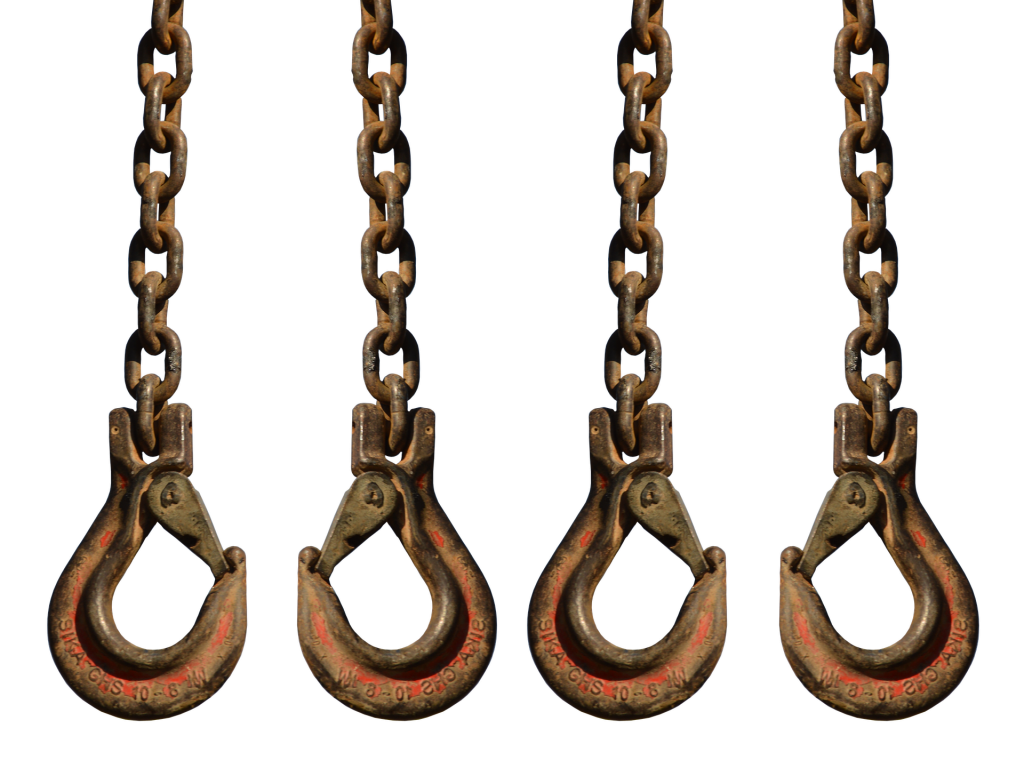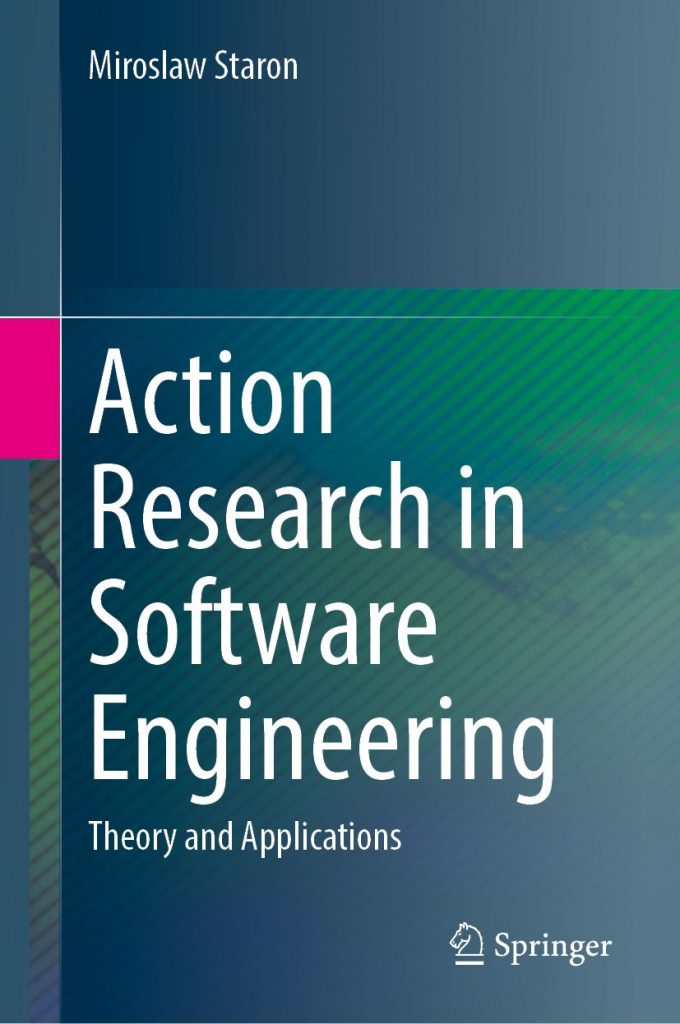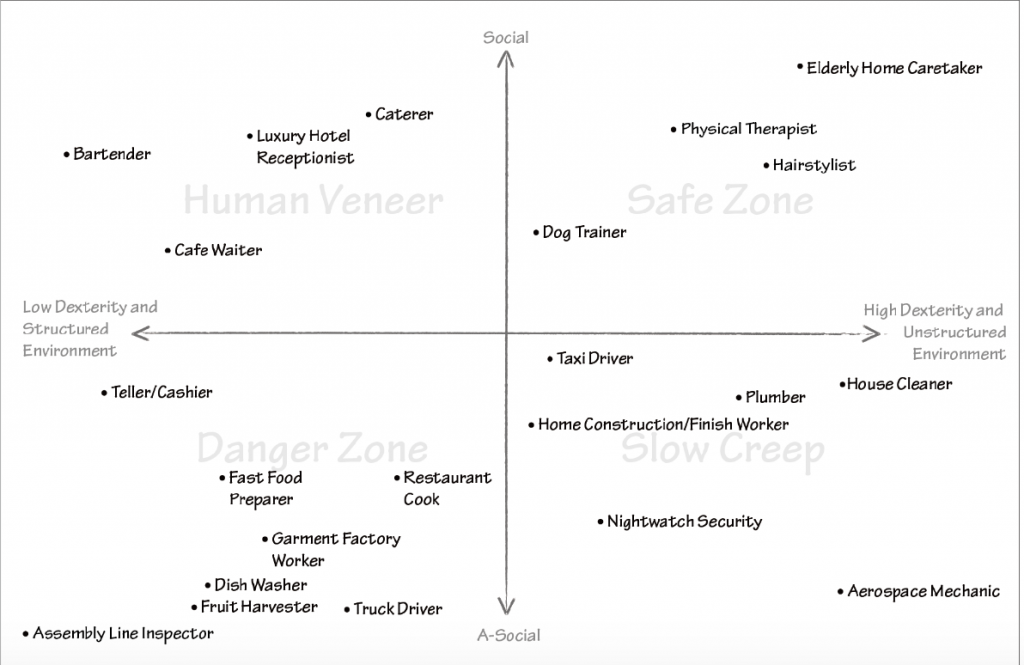
When discussing data-driven development and the use of data to identify new features and products, it is always the needs of the organization that come first. The companies design the system, design their organization’s needs and then experiments which will provide the organization with the data needed to validate the hypothesis.
However, there is also another way. A while ago, we studied how large organizations work with their measurement programs (https://onlinelibrary.wiley.com/doi/full/10.1002/smr.470?casa_token=5OyLh1FG8hcAAAAA%3Ax9e77KKlezRR39Ye_xet46nUN-yUbd6saIGJNCOvRSQ0rohPY5DHwArlAwTZjD0EnrByiZcDjOhK1YWx). What the theories prescribed, back then, was that the organizations should only look at their goals and needs. What we discovered was that it was a combination – what the company needs and what it can actually measure. The reality of the organizations that we studied was that not all needs could be fulfilled by the data they had or by the data they could possible have.
). What the theories prescribed, back then, was that the organizations should only look at their goals and needs. What we discovered was that it was a combination – what the company needs and what it can actually measure. The reality of the organizations that we studied was that not all needs could be fulfilled by the data they had or by the data they could possible have.
I’ve read an interesting piece at the website about new technologies – Hackernoon (https://hackernoon.com/the-global-app-its-a-future-thing-p88n36w9)
The article did not have anything to do with the measurement programs, but it had a lot to do with the data. It’s content was about the global apps, but what caught my attention was the concept of providing the user with the feedback what he/she can do with the data, rather than what data is needed for the task.
Sounds a bit crazy, but I think that it’s an important step towards a real data-driven development. Imagine that instead of thinking about discussing what we should do and how to do it, we can take a look at the data and immediately know what we can do.
If we know directly what we can do with the data, then we can just do it (or not) rather than spend time to discuss whether we can or cannot do it.
What it also means is that we can think more about the product than thinking about the data. We can think about what which features can be developed or dropped from the product. We do not even need to design experiments, we can just observe the products in field.


